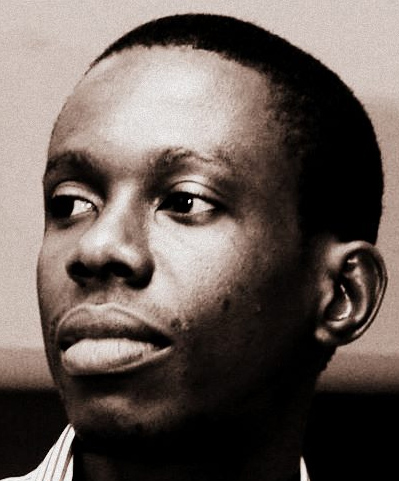Dam’ned by the River Nile
BY Ojo Maduekwe
The project manager of the $4 billion Grand Ethiopian Renaissance Dam (GERD) project, Simegnew Bekele, was yesterday found “shot dead” in his vehicle in Addis Ababa. Suspecting murder, Ethiopians took to the streets in the capital in protest. Bekele was the public face of the controversial dam project.
Ethiopia wants to dam the waters of the Blue Nile (a tributary of the River Nile that flows downstream into Sudan, settling at the bank of the Nile in Egypt but whose source is within Ethiopia). Egypt is opposed to the project.
You won’t be the first to wonder why Egypt is concerning itself with a project that is rightfully within Ethiopia’s sovereign territory; one of several other projects that includes railways and industrial parks aimed at transforming Ethiopia’s struggling economy and pulling the country out of poverty. But it’s complicated.
Upon completion, the billion dollar project is to produce 6,000 megawatts of power, some of which Ethiopia hopes to export to other African countries. The strong opposition from Egypt over the project is hinged on the fear that it will affect the River Niles downstream flow which it heavily relies on.
In March 2015, Egypt’s President Abdul Fattah al-Sisi said the dam “represents a source of concern and worry” to Egyptians living on the bank of the River Nile because “the Nile is their only source of water, in fact their source of life.”
Okay so here are the facts and figures as summarized by Daniel Abebe: 96 percent of Egypt’s renewable freshwater and 86 percent freshwater for agriculture – a major part of the Egyptian economy – is gotten from the Nile. The Nile Valley plays host to over 90 percent of Egypt’s 95 million citizens. Also, about 95 percent of Egypt’s population lives within twelve miles of the Nile, “mainly because the country receives the least rainfall of any state in Africa.”
So you see Egypt will be dam’ned if any of the two sources of the River Nile (the White Nile and Blue Nile) is either stopped or restricted from flowing into the country. This is because the absence of the river flow is a security concern; one which Egyptian leaders have in the past threatened war over.
However, no one would hold it against the Ethiopian people for wanting to revive their economy using a natural resource domiciled within their territory. The two treaties of 1929 and 1959 that mapped out the utilization of the River Nile did not include Ethiopia. For a country that produces 85 percent of the water that flows into the River Nile, this is an injustice ‘two many’ to overlook.
It is not to make light the importance of the river to Egypt’s economy but the country must understand that the water’s distribution hasn’t been fair. The two bilateral agreements that awarded 66 percent, 22 percent and 0 percent to Egypt, Sudan and Ethiopia respectively is unjust and must be renegotiated.
Maduekwe is the editor at Discussing Africa. He tweets @Ojo_Maduekwe
